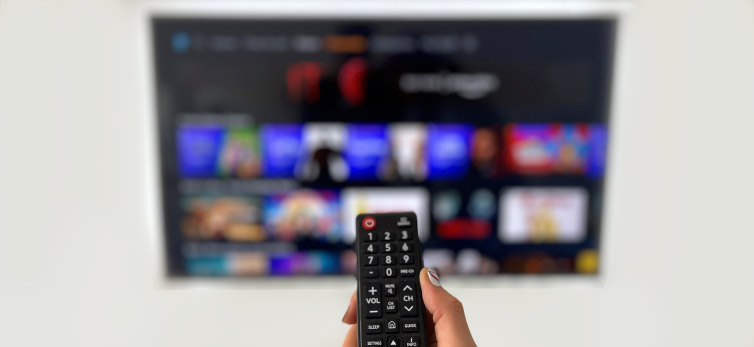Japanese Hair Straightening Process / Procedure
video
- The Japanese hair straightening procedure begins by analyzing your hair type and condition using a digital high-definition microscope (up to 1600X magnification) and a DLP-50XT beam tool with internal cuticle motion technology. This step helps us find sections or areas that are different — with characteristics like porosity, previous heavy color treatments, or sensitivity levels. Spotting these differences is very important, as they guide how we create custom formulas and apply them to each section to ensure even, damage-free results.
- If hair condition shows signs of dryness, fragility, or shows uneven texture, we selectively apply advanced protection such as the “Extended Protector,” “Keratin Treatment Restore,” or tailored layers of Protection 1 and 2 to enhance softness, improve surface smoothness, and boost additional defense.
- In cases where a non-original version of Japanese straightening was done elsewhere (some salons offer imitations but present them as real), we apply a 2–3 step protein restoration process to recover lost keratin from the inner cortex during the next stages.
- Applying previously formulated solutions to reshape the wave by controlling the “Cystine Bond.” For areas with uniquely treated sections, we sort out hundreds of small zones to accurately target differences in color history and porosity. We then formulate and apply multiple custom solutions and creams. Each section is monitored with its own timer to ensure precise processing time before rinsing — unlike the one-solution method used in most salons.
- We test different sections within a single LP block every 5–10 minutes to track how the internal bonds are reshaping. In addition to standard technique, we use targeted testing methods and side-angle lighting to help define the precise moment when a strand reaches its ideal phase. Every section is timed independently using synchronized timers, ensuring precision across the board — even when different parts of the head process at different speeds.
- When processing is done we rinse it all with medium-to-high water pressure and applying conditioner for about a minute or so.
- The most precise part of the Japanese straightening procedure involves separating strands into ultra-fine sections and blow-drying each to approximately 10–15% internal moisture. We then iron miniature strands using a specialized ceramic Japanese thermal iron, adjusting heat and timing based on texture — and gradually adapting settings for softer or higher-elevation zones. Once completed, we re-polish selected sections where additional refinement is needed to perfect the finish.
- Sectioning and applying a neutralizer with a mild twisting motion to seal the “Straight Bond.” The neutralizer stays in for 5–7 minutes, depending on the micro-resistance of the cuticle layer.
- Rinsing the neutralizer and applying Japanese Meu Linkage, or performing the first two steps of the professional repair treatment if needed. This is followed by 10–15 minutes under a soft heat lamp, then we continue with steps three and four. Alternatively, Milbon Repair, Reawaken, or Atenje conditioners may be used depending on strand condition.
- Then, conditioners and treatments are rinsed out, and everything is easily styled with a blow-dryer.
- After each straightening procedure, we provide full post-care instructions via QR codes for the next 72 hours, home styling guides, and offer professional accessories and tools at the salon to support your results at home.
Analyzing Details / Preparation
Solution application
Strand Test
Polishing Magic
Neutralizer
Since this process can take anywhere from 3 to 4 hours, you will be able to grab the best seat in the house and watch the latest movies!

